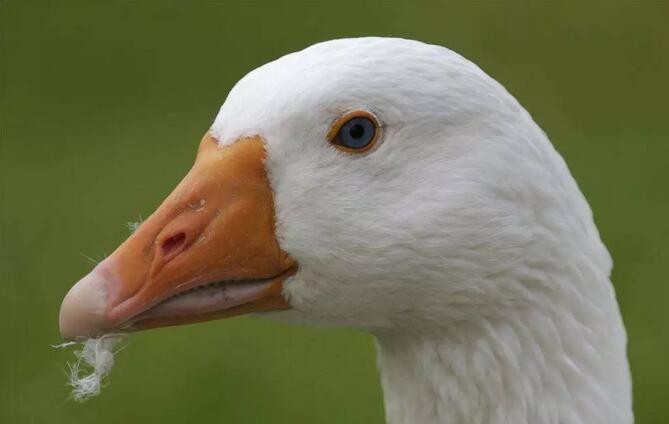
- Online pavilions:
- Veterinary medicines
- Veterinary raw materials
- Other
- Asia
- America
- medical instruments

News briefing: new techniques for raising ducks
China is the largest waterfowl producing country in the world, and the raising amount of meat duck, egg duck and goose accounts for about 70% of the world total. What are the new technologies in the field of waterfowl breeding? What are the advantages over traditional farming methods? What are the economic benefits of current waterfowl farming? How do you choose the right breed of waterfowl?
Question: What are the new technologies in waterfowl farming today? What are the advantages over traditional farming methods?
Hou Shuisheng: Waterfowl farming is mainly used to replace our water farming in the past. This kind of farming model is mainly to concentrate ducks and geese in the whole room, including two kinds, one is on-line farming, the other is thick bedding feeding. Online breeding is to put ducks or geese on the Internet. Its life, food gathering and drinking activities are carried out on the Internet.
Its excrement falls to the ground through the net and is cleaned up at any time, in this way, the environment in the waterfowl house can be controlled very effectively. This kind of whole indoor airtight feeding way, has realized the high automation, the indoor environmental index can satisfy the waterfowl’s need.
Another aspect is the feeding of thick bedding. We now have a large number of rice husks used as bedding material in waterfowl houses, this bedding material has a good water absorption, can provide a good comfortable environment for ducks and geese, at the same time, the excrement can be turned over and fermented into organic fertilizer. If a large area of water use, will cause a large number of water pollution.
On the one hand, the water source polluted by waterfowl, on the other hand, the polluted water source also has a huge impact on the health of waterfowl. These two aspects interact, so through the development of very mature dry breeding technology, the health level of the duck has been a great improvement. For example, ducks and geese can survive up to ninety-eight or more than ninety-nine per cent in dry conditions, so their health is high by this measure.